

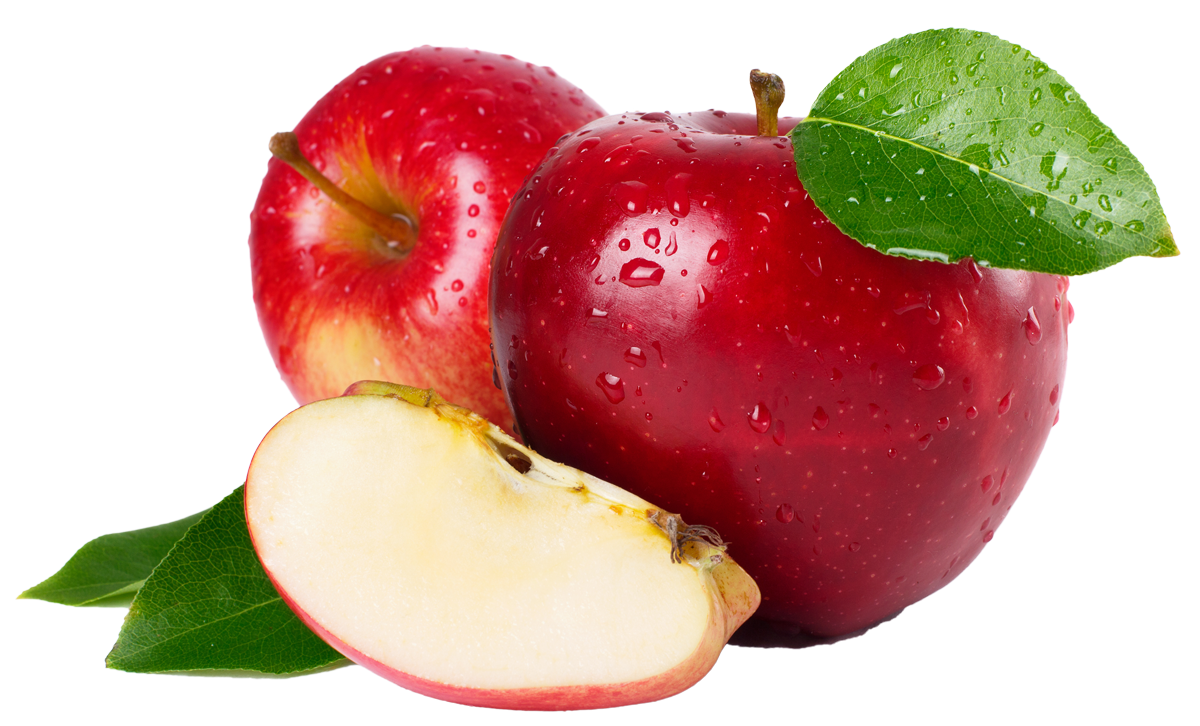
The apple tree is a deciduous tree in the rose family best known for its sweet, pomaceous fruit, the apple. It is cultivated worldwide as a fruit tree, and is the most widely grown species in the genus Malus. The tree originated in Central Asia, where its wild ancestor, Malus sieversii, is still found today. Apples have been grown for thousands of years in Asia and Europe, and were brought to North America by European colonists. Apples have religious and mythological significance in many cultures, including Norse, Greek and European Christian traditions.

Oranges
The orange is the fruit of the citrus species Citrus × sinensis in the family Rutaceae. The fruit of the Citrus × sinensis is considered a sweet orange, whereas the fruit of the Citrus × aurantium is considered a bitter orange.
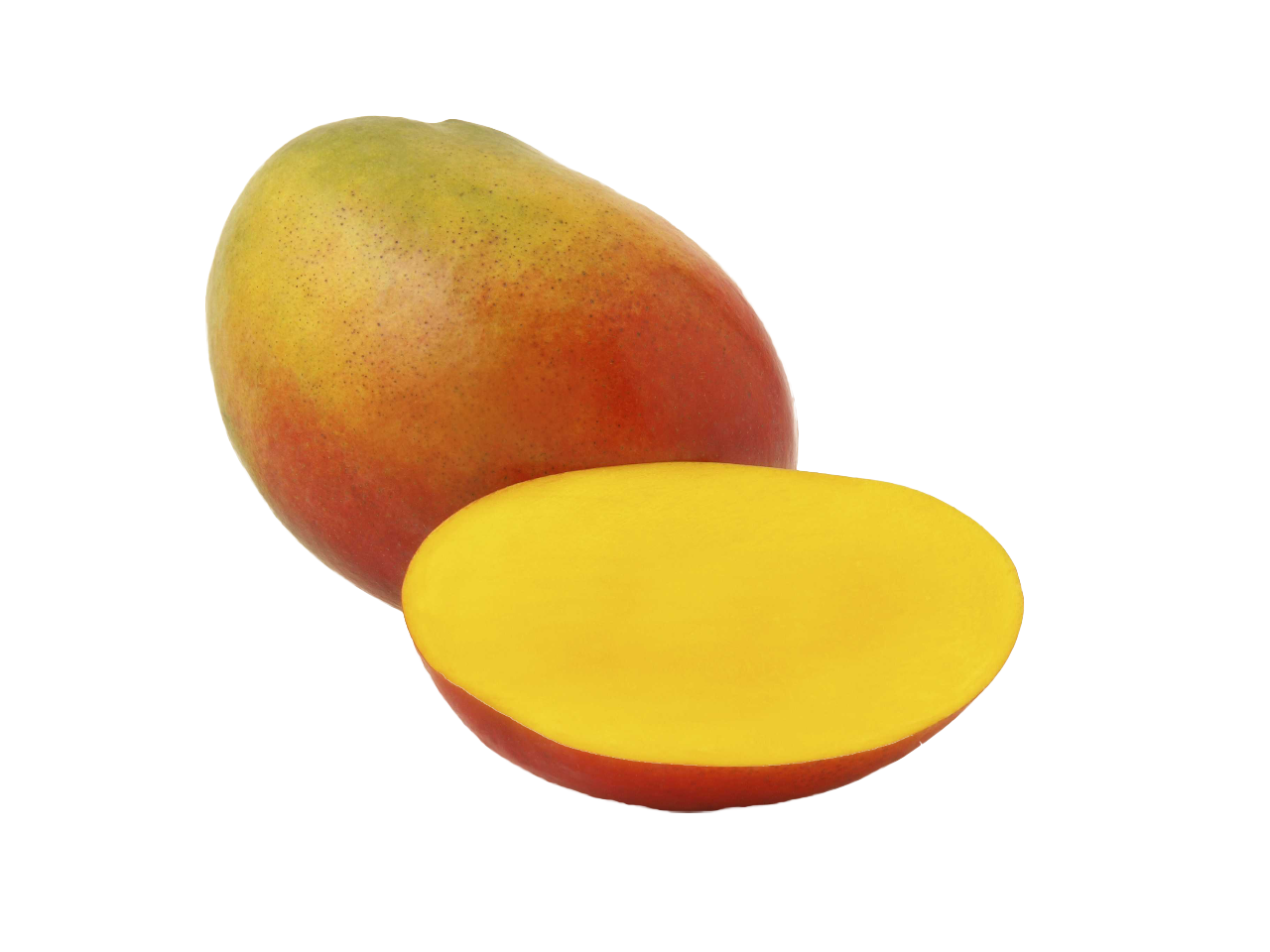
Mangos
The mango is a juicy stone fruit belonging to the genus Mangifera, consisting of numerous tropical fruiting trees, cultivated mostly for edible fruit. The majority of these species are found in nature as wild mangoes. The mango is native to South Asia, from where it has been distributed worldwide to become one of the most cultivated fruits in the tropics.
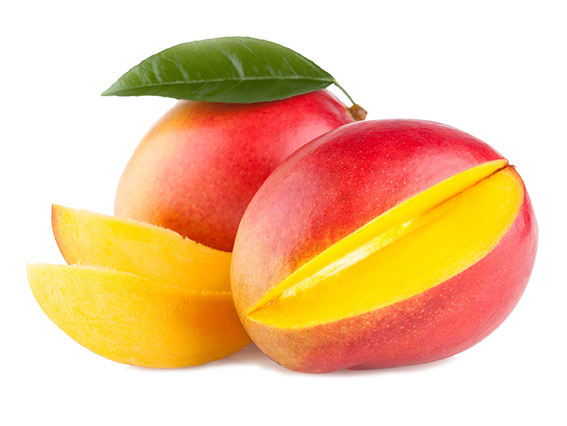
Minneola Tangelo
The tangelo, Citrus × tangelo, is a citrus fruit hybrid of tangerine and pomelo or grapefruit. Sometimes referred to as honeybells, tangelos are the size of an adult fist, have a tangerine taste, and are juicy at the expense of flesh. They generally have loose skin and are easier to peel than oranges, readily distinguished from them by a characteristic the big curve at the stem. Tangelos can be used as a substitute for mandarin oranges or sweet oranges.
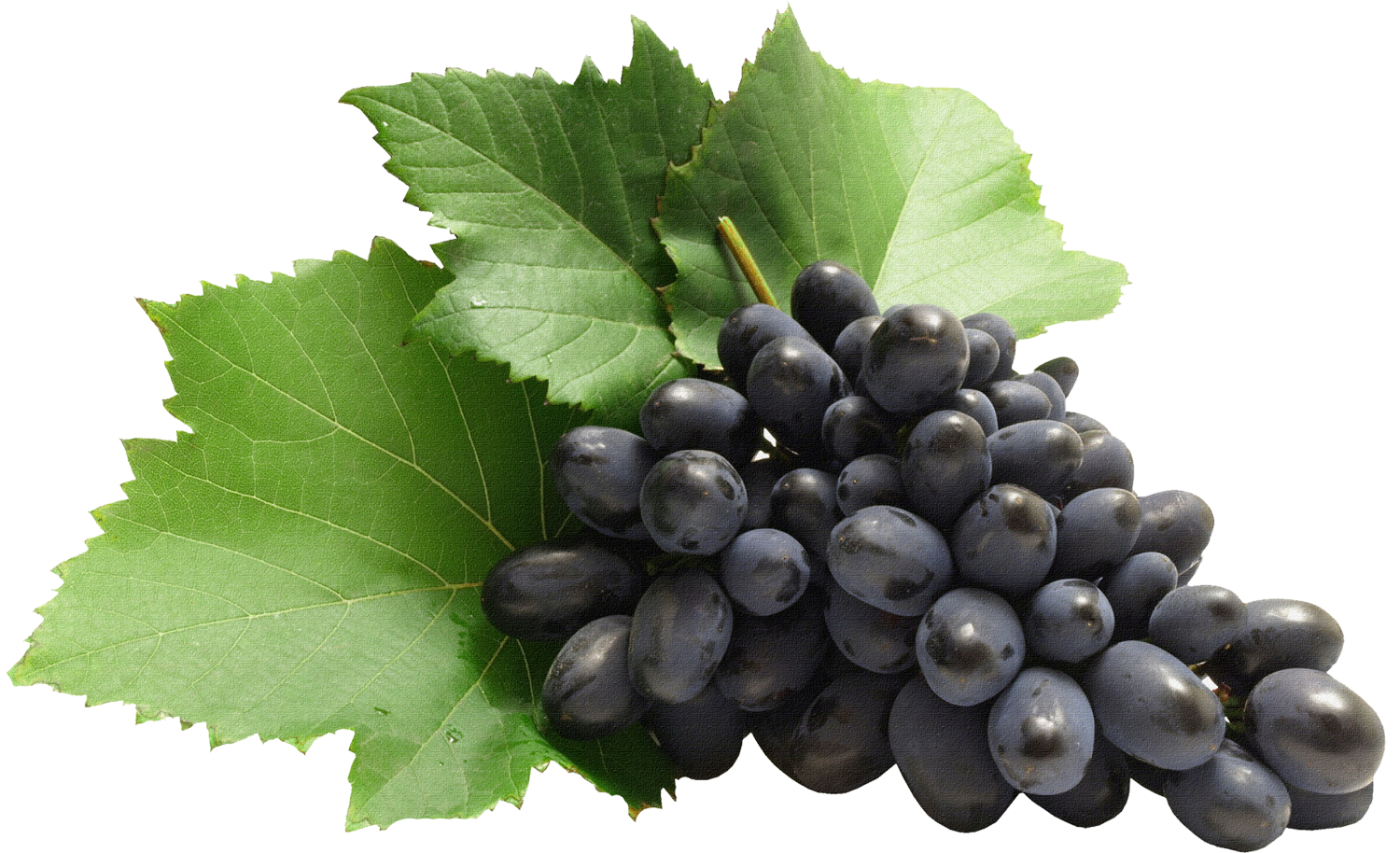
Red or green grapes
A grape is a fruiting berry of the deciduous woody vines of the botanical genus Vitis. Grapes can be eaten raw or they can be used for making wine, jam, juice, jelly, grape seed extract, raisins, vinegar, and grape seed oil. Grapes are a non-climacteric type of fruit, generally occurring in clusters.

Seedless watermelon
Watermelon is a vine-like flowering plant originally from southern Africa. It is a large, sprawling annual plant with coarse, hairy pinnately-lobed leaves and white to yellow flowers. It is grown for its edible fruit, also known as a watermelon, which is a special kind of berry botanically called a pepo. The fruit has a smooth hard rind, usually green with dark green stripes or yellow spots, and a juicy, sweet interior flesh, usually deep red to pink, but sometimes orange, yellow, or white, with many seeds.
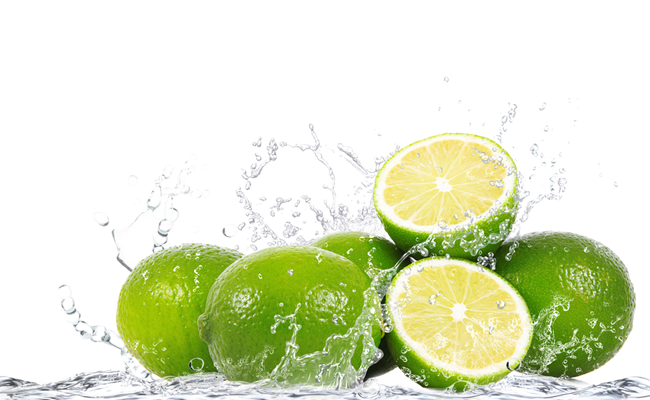
Lime (juice)
A lime is a hybrid citrus fruit, which is typically round, lime green, 3–6 centimetres in diameter, and containing acidic juice vesicles. There are several species of citrus trees whose fruits are called limes, including the Key lime, Persian lime, kaffir lime, and desert lime. Limes are an excellent source of vitamin C, and are often used to accent the flavours of foods and beverages. They are grown year-round.

Peaches
The peach is a deciduous tree native to the region of Northwest China between the Tarim Basin and the north slopes of the Kunlun Shan mountains, where it was first domesticated and cultivated. It bears an edible juicy fruit called a peach or a nectarine.
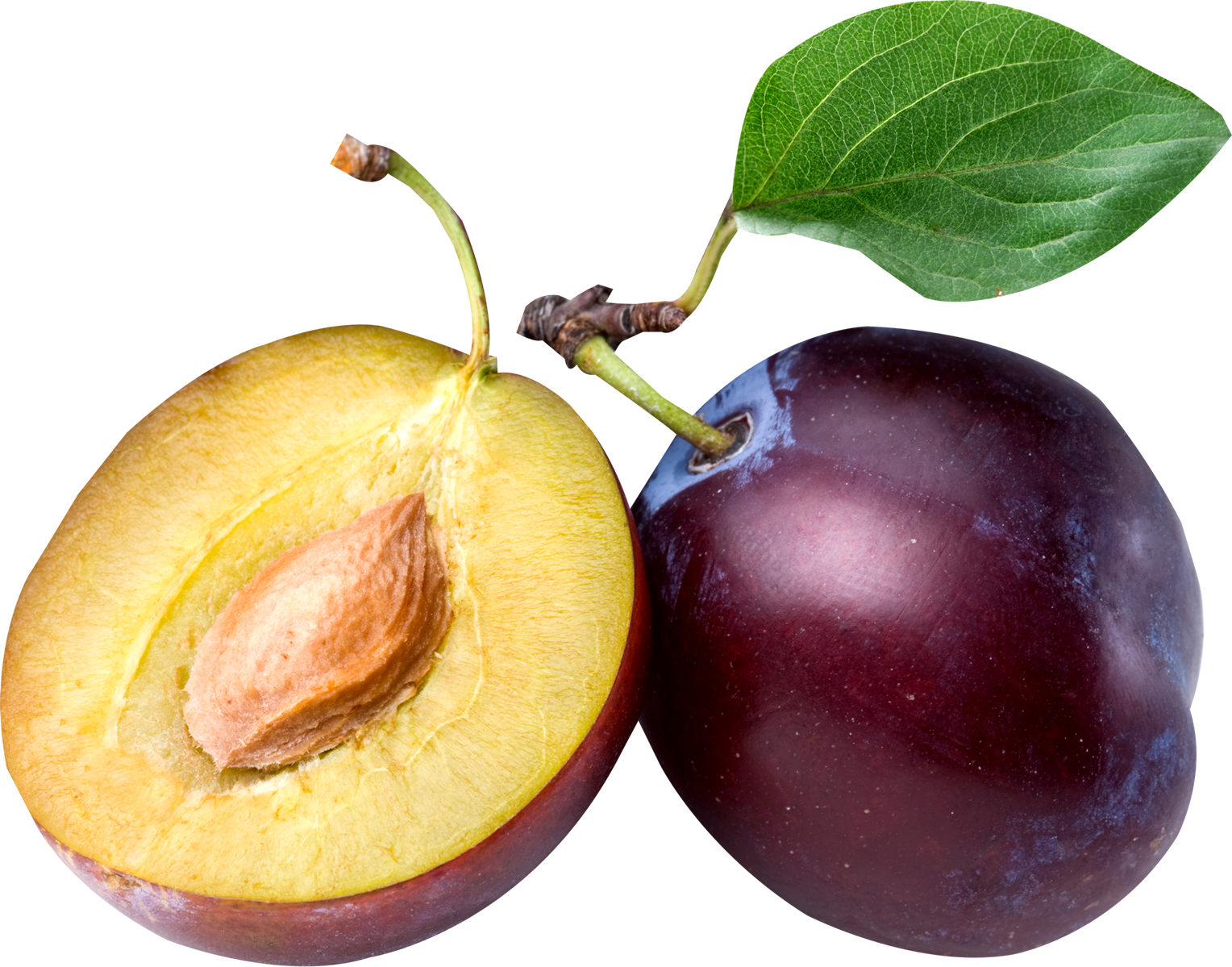
Plums
A plum is a fruit of the subgenus Prunus of the genus Prunus. The subgenus is distinguished from other subgenera in the shoots having a terminal bud and solitary side buds, the flowers in groups of one to five together on short stems, and the fruit having a groove running down one side and a smooth stone.
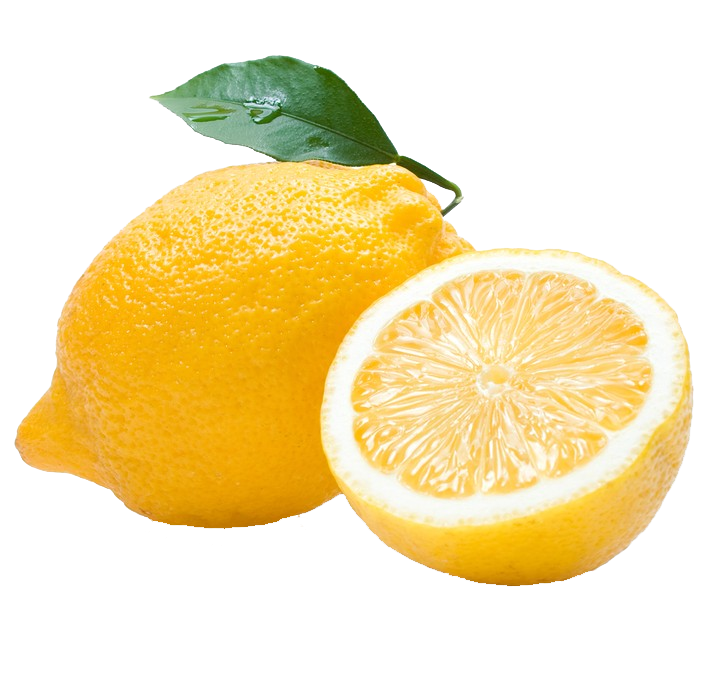
Lemon (Juice as well)
The lemon is a species of small evergreen tree native to Asia. The tree's ellipsoidal yellow fruit is used for culinary and non-culinary purposes throughout the world, primarily for its juice, which has both culinary and cleaning uses. The pulp and rind are also used in cooking and baking. The juice of the lemon is about 5% to 6% citric acid, which gives a sour taste. The distinctive sour taste of lemon juice makes it a key ingredient in drinks and foods such as lemonade and lemon meringue pie.

Corn
Maize, commonly known as corn, is a large grain plant first domesticated by indigenous peoples in Mexico about 10,000 years ago. The six major types of corn are dent corn, flint corn, pod corn, popcorn, flour corn, and sweet corn.
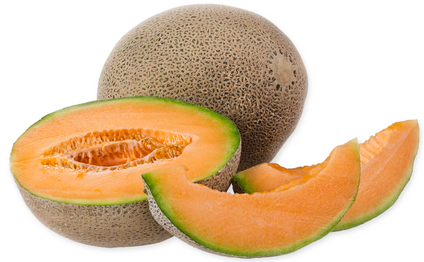
Cantaloupe
Cantaloupe refers to a variety of Cucumis melo, a species in the family Cucurbitaceae.
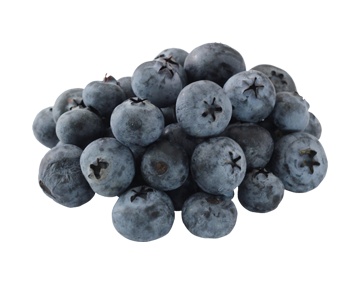
Blue berries
Blueberries are perennial flowering plants with indigo-colored berries from the section Cyanococcus within the genus Vaccinium. Species in the section Cyanococcus are the most common fruits sold as "blueberries" and are native to North America.

Strawberries
The garden strawberry is a widely grown hybrid species of the genus Fragaria. It is cultivated worldwide for its fruit. The fruit is widely appreciated for its characteristic aroma, bright red color, juicy texture, and sweetness. It is consumed in large quantities, either fresh or in such prepared foods as preserves, fruit juice, pies, ice creams, milkshakes, and chocolates. Artificial strawberry flavorings and aromas are also widely used in many products like lip gloss, candy, hand sanitizers, perfume, and many others.
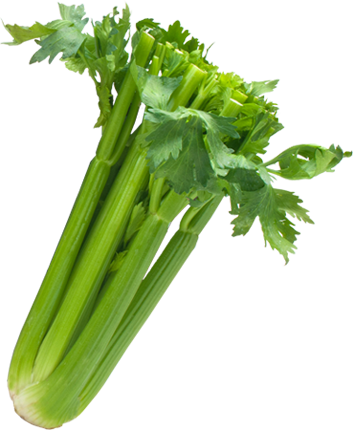
Celery
CeleryNandu is a cultivated plant, variety in the family Apiaceae, commonly used as a vegetable. Depending on location and cultivar, either its stalks or its hypocotyl are eaten and used in cooking.

Brocoli
Broccoli is an edible green plant in the cabbage family whose large flower-head is eaten as a vegetable. The word broccoli comes from the Italian plural of broccolo, which means "the flowering crest of a cabbage", and is the diminutive form of brocco, meaning "small nail" or "sprout". Broccoli is often boiled or steamed but may be eaten raw.
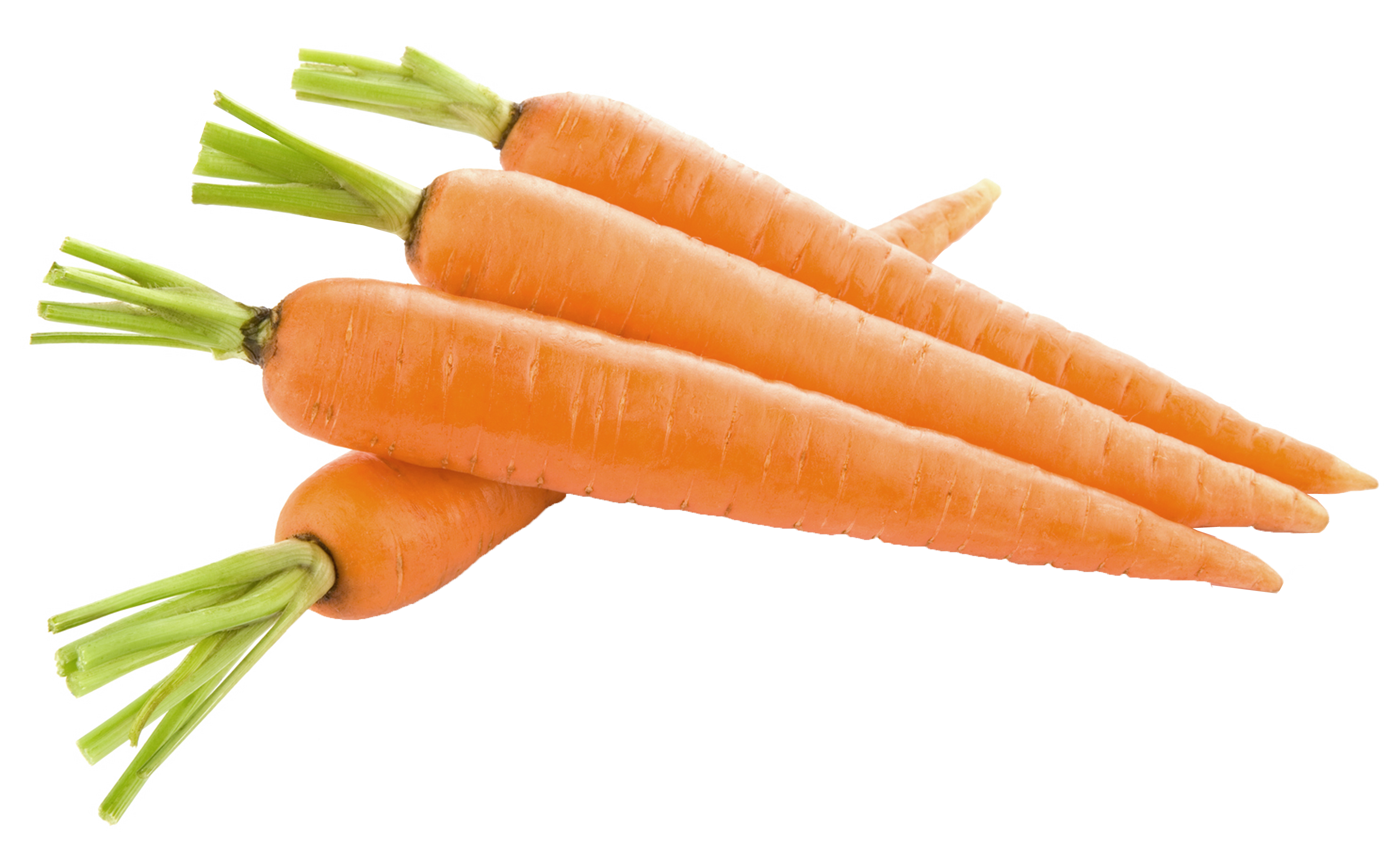
Carrots
The carrot is a root vegetable, usually orange in colour, though purple, black, red, white, and yellow varieties exist. It has a crisp texture when fresh. The most commonly eaten part of a carrot is a taproot, although the greens are sometimes eaten as well. It is a domesticated form of the wild carrot Daucus carota, native to Europe and southwestern Asia. The domestic carrot has been selectively bred for its greatly enlarged and more palatable, less woody-textured edible taproot. The Food and Agriculture Organization of the United Nations reports that world production of carrots and turnips for calendar year 2011 was almost 35.658 million tonnes. Almost half were grown in China. Carrots are widely used in many cuisines, especially in the preparation of salads, and carrot salads are a tradition in many regional cuisines.
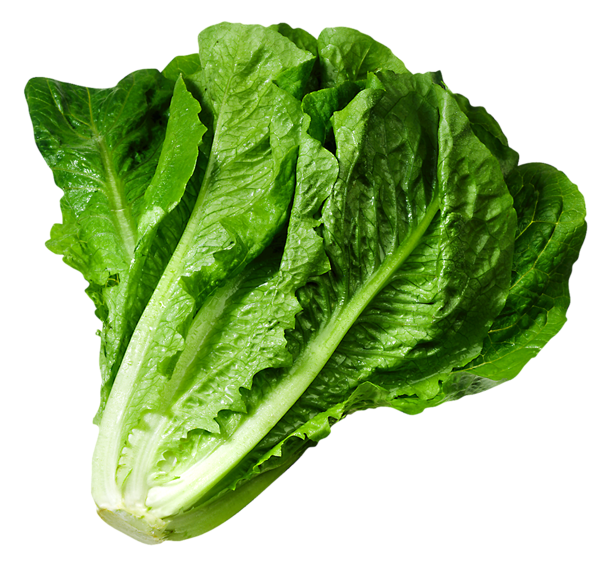
Lettuce
Lettuce is an annual plant of the daisy family Asteraceae. It is most often grown as a leaf vegetable, but sometimes for its stem and seeds. Lettuce was first cultivated by the ancient Egyptians who turned it from a weed, whose seeds were used to produce oil, into a food plant grown for its succulent leaves, in addition to its oil-rich seeds. Lettuce spread to the Greeks and Romans, the latter of whom gave it the name lactuca, from which the English lettuce is ultimately derived. By 50 AD, multiple types were described, and lettuce appeared often in medieval writings, including several herbals. The 16th through 18th centuries saw the development of many varieties in Europe, and by the mid-18th century cultivars were described that can still be found in gardens. Europe and North America originally dominated the market for lettuce, but by the late 20th century the consumption of lettuce had spread throughout the world.
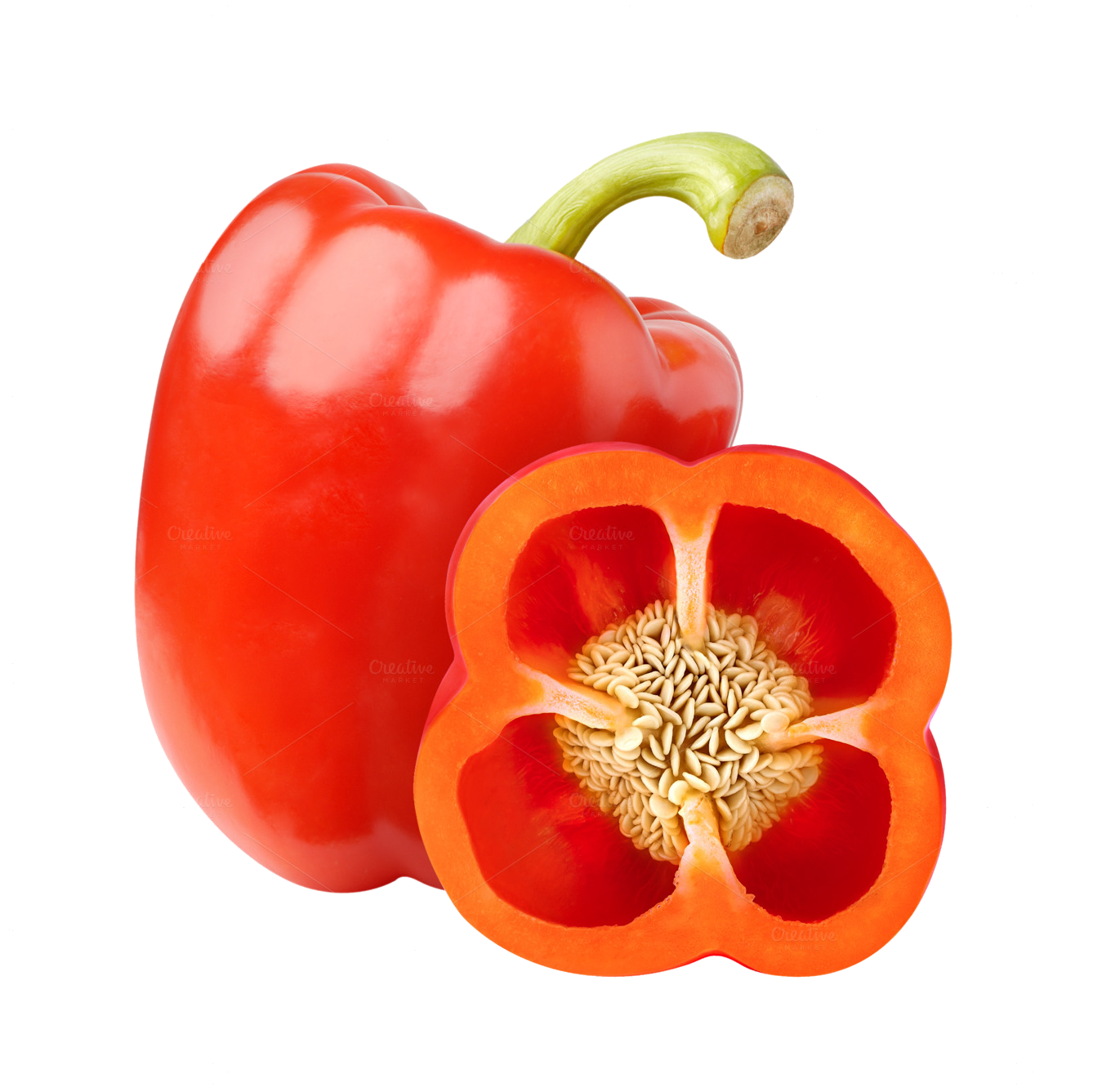
Red,yellow,orange,green peppers
Bell pepper is a cultivar group of the species Capsicum annuum. Cultivars of the plant produce fruits in different colors, including red, yellow, orange, green, chocolate/brown, vanilla/white, and purple. Bell peppers are sometimes grouped with less pungent pepper varieties as "sweet peppers". Peppers are native to Mexico, Central America, and northern South America. The ribs and seeds inside bell peppers may be consumed, but some people find the taste to be bitter. Pepper seeds were carried to Spain in 1493 and from there spread to other European, African, and Asian countries. Today, China is the world's largest pepper producer, followed by Mexico and Indonesia.

Cucumbers
Cucumber is a widely cultivated plant in the gourd family, Cucurbitaceae. It is a creeping vine that bears cylindrical fruits that are used as culinary vegetables. There are three main varieties of cucumber: slicing, pickling, and burpless. Within these varieties, several different cultivars have emerged. The cucumber is originally from Southern Asia, but now grows on most continents. Many different varieties are traded on the global market. In North America, the term "wild cucumber" can refer to plants in the genera Echinocystis and Marah, but these are not closely related.
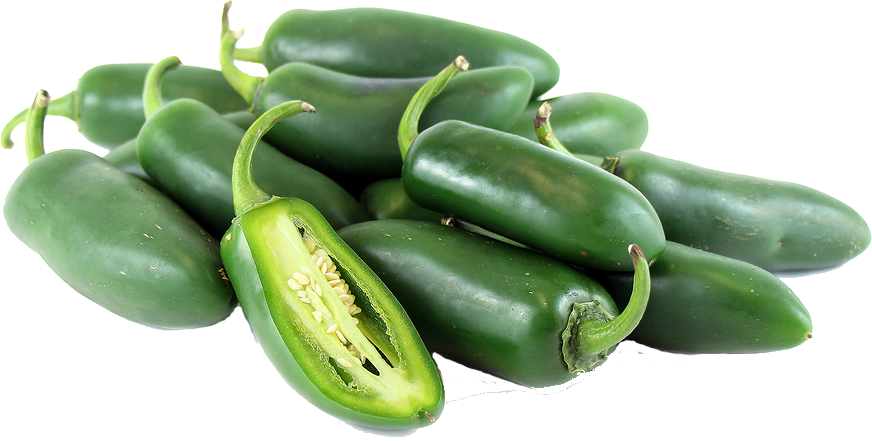
Jalapeno
The jalapeño is a medium-sized chili pepper pod type cultivar of the species Capsicum annuum. A mature jalapeño fruit is 5–10 cm long and hangs down with a round, firm, smooth flesh of 1–1.5 in wide. It is of mild to medium pungency, having a range of 1,000 to 20,000 Scoville units, depending on cultivar. Commonly picked and consumed while still green, it is occasionally allowed to fully ripen and turn red, orange or yellow, and is wider and milder than the Serrano pepper. The Chile Pepper Institute is known for developing colored variations.
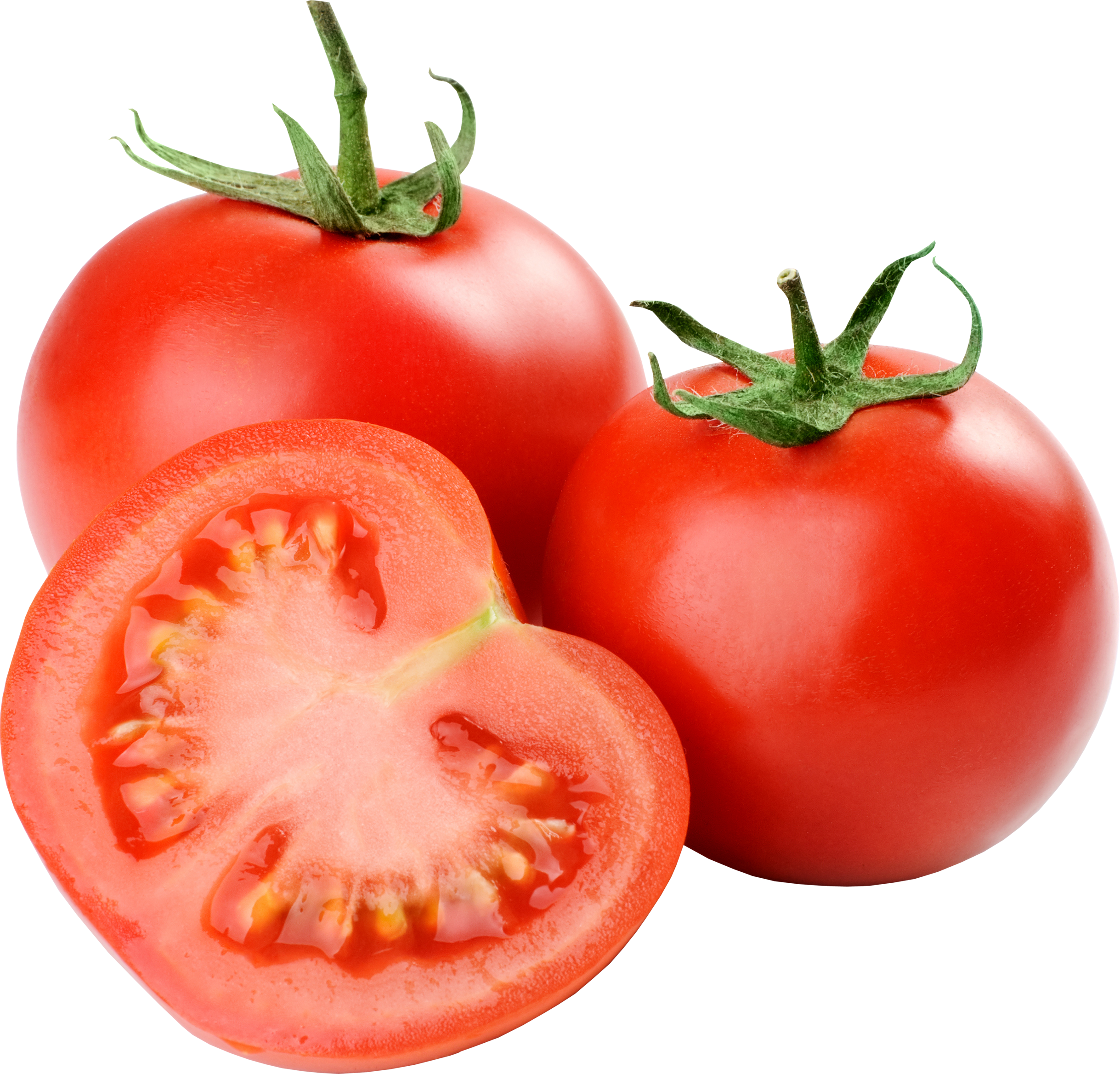
Tomato
The tomato is the edible, often red berry-type fruit of the nightshade Solanum lycopersicum, commonly known as a tomato plant. The tomato is consumed in diverse ways, including raw, as an ingredient in many dishes, sauces, salads, and drinks. The English word tomato comes from the Spanish word, tomate, derived from the Nahuatl word tomatl. It first appeared in print in 1595.
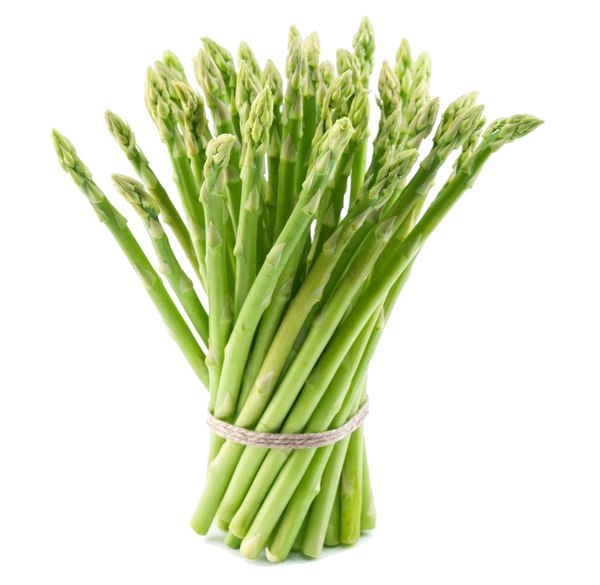
Asparagus
Asparagus, or garden asparagus, scientific name Asparagus officinalis, is a spring vegetable, a flowering perennial plant species in the genus Asparagus. It was once classified in the lily family, like the related Allium species, onions and garlic, but the Liliaceae have been split and the onion-like plants are now in the family Amaryllidaceae and asparagus in the Asparagaceae. Asparagus officinalis is native to most of Europe, northern Africa and western Asia, and is widely cultivated as a vegetable crop.

Onions
The onion, also known as the bulb onion or common onion, is a vegetable and is the most widely cultivated species of the genus Allium. This genus also contains several other species variously referred to as onions and cultivated for food, such as the Japanese bunching onion, the tree onion, and the Canada onion. The name "wild onion" is applied to a number of Allium species, but A. cepa is exclusively known from cultivation. Its ancestral wild original form is not known, although escapes from cultivation have become established in some regions. The onion is most frequently a biennial or a perennial plant, but is usually treated as an annual and harvested in its first growing season.

Avocados
The avocado is a tree native to Mexico and Central America, classified in the flowering plant family Lauraceae along with cinnamon, camphor and bay laurel. Avocado or alligator pear also refers to the fruit, botanically a large berry that contains a single seed.

Garlic
Allium sativum, commonly known as garlic, is a species in the onion genus, Allium. Its close relatives include the onion, shallot, leek, chive, and rakkyo. With a history of human use of over 7,000 years, garlic is native to central Asia, and has long been a staple in the Mediterranean region, as well as a frequent seasoning in Asia, Africa, and Europe. It was known to Ancient Egyptians, and has been used for both culinary and medicinal purposes.
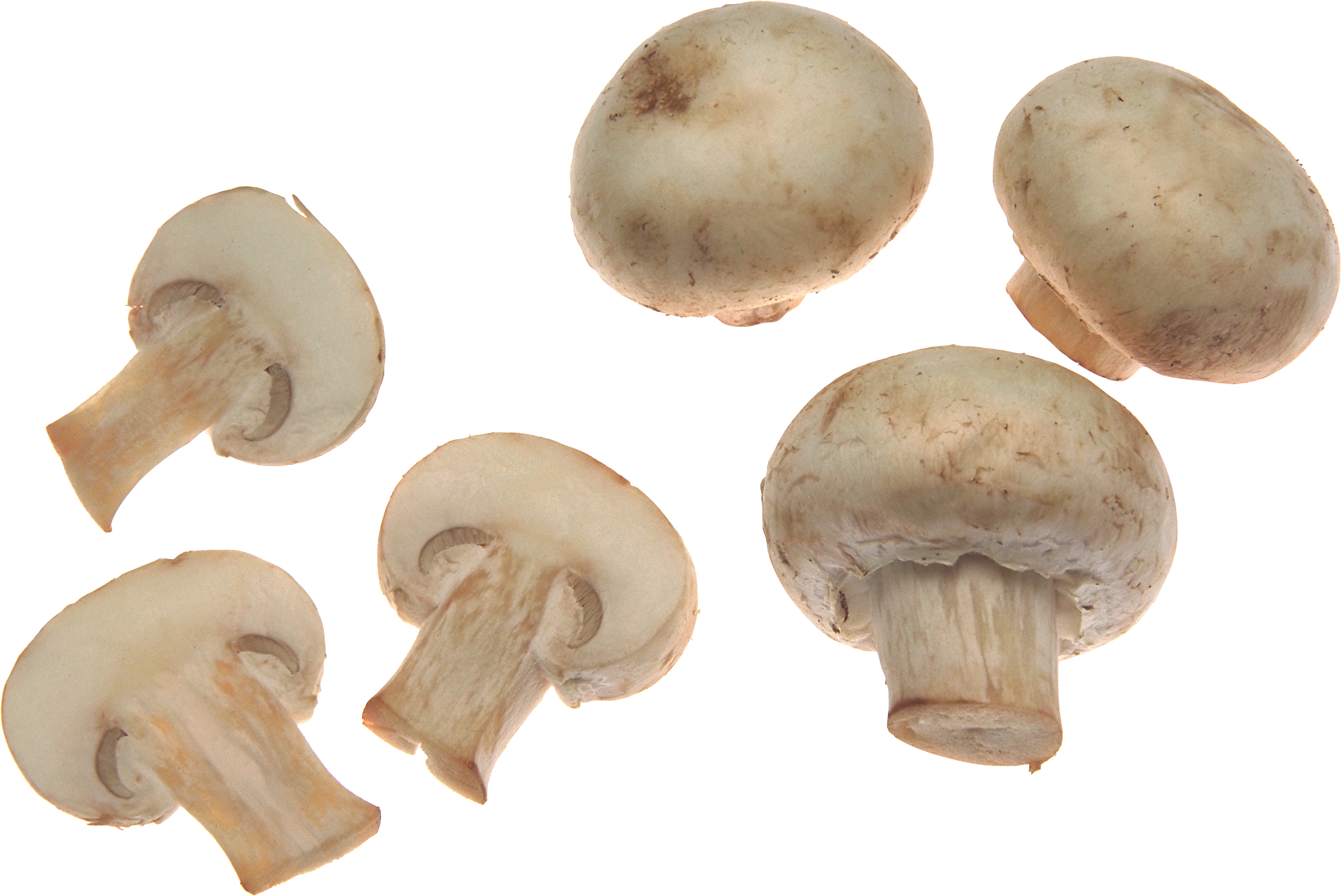
Mushrooms
A mushroom is the fleshy, spore-bearing fruiting body of a fungus, typically produced above ground on soil or on its food source. The standard for the name "mushroom" is the cultivated white button mushroom, Agaricus bisporus; hence the word "mushroom" is most often applied to those fungi that have a stem, a cap, and gills on the underside of the cap. These gills produce microscopic spores that help the fungus spread across the ground or its occupant surface.
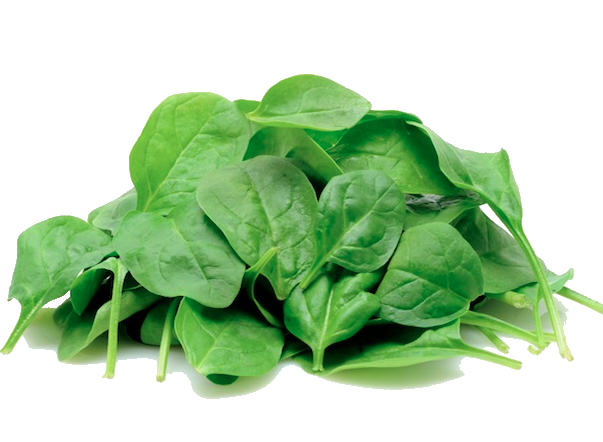
Spinach
Spinach is an edible flowering plant in the family Amaranthaceae native to central and western Asia. It is an annual plant, which grows up to 30 cm tall. Spinach may survive over winter in temperate regions. The leaves are alternate, simple, ovate to triangular, and very variable in size from about 2–30 cm long and 1–15 cm broad, with larger leaves at the base of the plant and small leaves higher on the flowering stem. The flowers are inconspicuous, yellow-green, 3–4 mm in diameter, maturing into a small, hard, dry, lumpy fruit cluster 5–10 mm across containing several seeds.
Ranch
Ranch dressing is a type of salad dressing made of some combination of buttermilk, salt, garlic, onion, herbs, and spices, mixed into a sauce based on mayonnaise or another oil emulsion. Sour cream and yogurt are sometimes used as a substitute by some home cooks or to create a lower-fat version. Ranch dressing has been the best-selling salad dressing in the United States since 1993, when it overtook Italian dressing. It is also popular as a dip.
Blue Cheese
Blue cheese is a general classification of cheeses that have had cultures of the mold Penicillium added so that the final product is spotted or veined throughout with blue, or blue-grey mold and carries a distinct smell, either from that or various specially cultivated bacteria. Some blue cheeses are injected with spores before the curds form, and others have spores mixed in with the curds after they form. Blue cheeses are typically aged in a temperature-controlled environment such as a cave. Blue cheese can be eaten by itself or can be spread, crumbled or melted into or over foods.
Fruit cups
Fruit cups are typically marketed for the summer months although many are now available all year round. Fruit cup producers suggest adding fruit as a garnish to the drink and to improve the flavour; recommendations include apple, orange, strawberry, lemon, lime, cucumber, mint, and borage leaves.